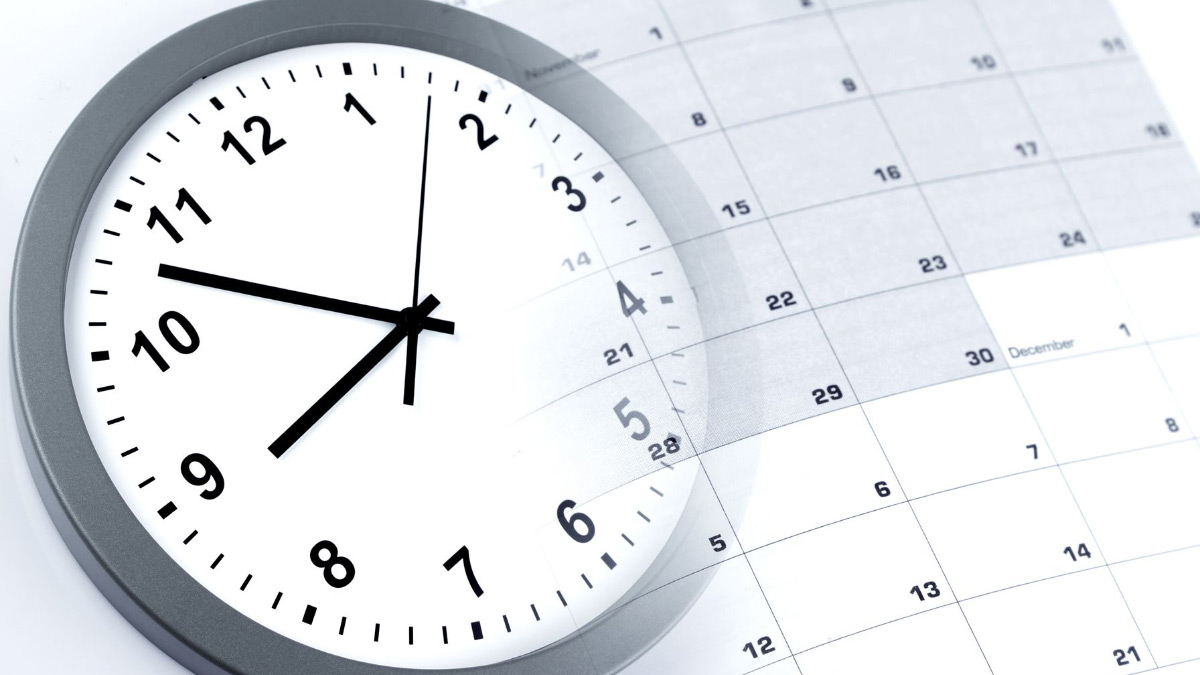Proposition 7 which is to be voted on next month would repeal California’s Daylight Saving Time Act, thus ending the annual ritual of “springing forward” and “falling back” for nearly 40 million people. If passed Prop. 7 would set the state’s clocks permanently to Pacific Standard Time.
Ironically, perhaps, Election Day falls on Tuesday, Nov. 6—two days after voters will have set their clocks one hour earlier in the wee hours of Sunday morning. You might think that people consequently will be well rested and clear headed at the polls, but you’d be wrong.
Since California voters mandated daylight saving time (DST) in 1949, considerable evidence has accumulated that shifting clocks back-and- forth twice each year has significant economic costs. Because the human body’s circadian rhythms get a jolt regardless of the direction of the time change, people are less productive at work for a day or two afterward.
Much more seriously, the risks of heart attacks and automobile accidents spike. Pedestrians are more likely to be hit in the days following the return to standard time as drivers adjust to commuting home in the dark.
Despite myriad studies of DST’s effects, no evidence whatsoever has been found that moving clocks forward in the spring saves energy, which was President Nixon’s justification for getting Congress to adopt DST nationwide in the early 1970s.
Energy savings may have justified the hassle of resetting clocks in March before air conditioning became widespread, but cranking up the AC when the sun is at 5 p.m., but your clock’s hands point to 6 pm has caused more power being consumed ever since.
Some commentators argue that repealing the 1949 Daylight Saving Time Act would put California out of sync with the rest of the nation, raising the cost of doing business there and making it harder to schedule conference calls with people in other states that stick with the time wise status quo.
But refusing to adopt DST has not disrupted business operations in Arizona, Hawaii, and the U.S. Territories, to my knowledge, and it is hard to believe that it would do so for the many California companies that now deal with suppliers and customers across multiple time zones.
As with many other public policies, other states likely would follow California’s lead in repealing DST, benefiting us all. Taking that step also could force Congress to act on Florida’s decision last July to adopt DST permanently.
House Resolution 6331, introduced by Rob Bishop (R-Utah), might do just that, allowing states “flexibility” in complying with Washington’s standard and daylight time diktats. Time is a quintessentially local matter on which the states in a federal system merit priority over the national government.
Ben Franklin supposedly first proposed daylight-saving time as a way of economizing on candles because people would not have to light them immediately after returning home from work.
Famous for his frugality, “Poor Richard” must have been pulling his fellow Americans’ legs: More candlepower would have been needed in the summer mornings while getting ready for work. Depending on the season, the number of hours of daylight is constant at every latitude no matter what your watch “says.”
The bottom line is that the benefits of moving our clocks’ hour hands twice a year are at best trivial—few beyond those that the manufacturers of charcoal briquets and gas grills conceivably gain—while the costs are very real.
Doing away with the Daylight Saving Time Act requires approval by a two-thirds majority of voters. Although that’s a very high hurdle for collective choice, if the law is repealed, California’s legislature could act to make Pacific Daylight Time rather than Pacific Standard Time permanent year-round. I’m agnostic on that issue.
Because people can’t do anything productive or enjoyable while resetting their timepieces that do not adjust automatically, fiddling with watches and clocks twice a year is a complete waste of time.











